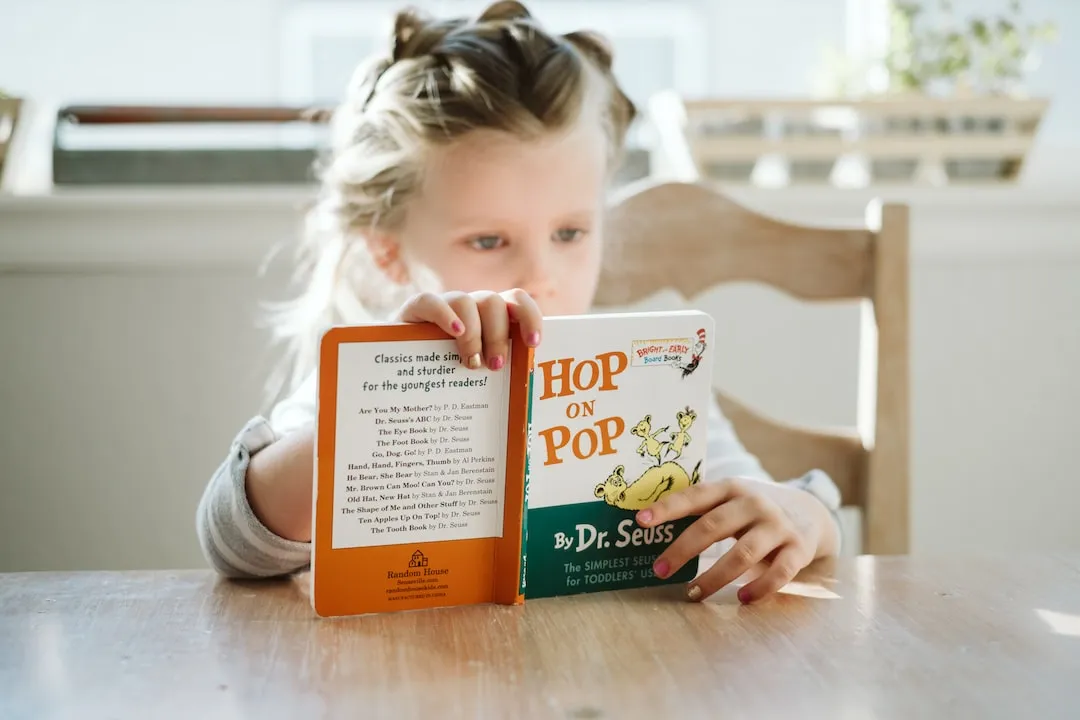Promoting Critical Thinking Through Literature
To foster critical thinking in children through literature, we sought insights from five experts, including Founding Directors and Founders. Their strategies range from promoting thinking through questions to a literary layered analysis strategy. Dive into their unique perspectives and practical strategies for a more enlightened approach to children’s education.
- Promote Thinking Through Questions
- Use Storytelling and Open-Ended Questions
- Try Picture-Based Predictions
- Utilize an Alternate Ending Approach
- Implement a Literary Layered Analysis Strategy
Promote Thinking Through Questions
You can ask questions about what you’re reading as you go, whether it’s about the pictures or the feelings characters, as well as your children, are experiencing.
By pausing and asking questions, you get kids thinking. You can also ask them how they’d solve a problem or how they predict a certain character may solve a challenge they’re up against.
 Azmaira Maker, Ph.D.
Azmaira Maker, Ph.D.
Founding Director, Aspiring Families
Use Storytelling and Open-Ended Questions
I believe that intertwining storytelling and open-ended questions is an effective way to develop critical thinking in children.
For example, after reading a chapter of a book, I’d suggest taking a moment to pause and ask questions that encourage them to think beyond what they heard, exploring the “why” and “how” of the character’s actions or the unfolding story.
It’s not about right or wrong answers, but about sparking their curiosity. This approach both improves their analytical skills and encourages them to become more active participants in the narrative.
 Bayu Prihandito
Bayu Prihandito
Certified Psychology Expert, Life Coach, and Founder, Life Architekture
Try Picture-Based Predictions
Using pictures to make predictions in the story, I love to ask my younger learners about the photos they see on the page before we read the text. This offers the students a chance to discuss what they see and make predictions about what is going to happen next.
 Kristine Thorndyke
Kristine Thorndyke
Founder, Test Prep Nerds
Utilize an Alternate Ending Approach
Literature is a goldmine for nurturing critical thought. One strategy I swear by is the “Alternate Ending” approach. After reading a story, I ask children to reimagine its conclusion.
This requires them to analyze character motivations, plot development, and even cultural contexts. I recently used this with Charlotte’s Web. One child rewrote it so Charlotte’s offspring helped continue her legacy in new ways.
The outcome? Beyond fostering creativity, children honed their analytical skills, delving deep into story mechanics. Such exercises help kids not just consume stories, but engage with them on a transformative level. Dive in; the narratives they craft can be truly enlightening!
 Matthew Sims
Matthew Sims
Personal Injury Lawyer, Rapoport Weisberg & Sims, P.C.
Implement a Literary Layered Analysis Strategy
An engaging way I’ve used literature to foster critical thinking in kids is through “Literary Layered Analysis.” This involves dissecting the story into layers—plot, characters, setting, and moral. Then, we probe each layer with questions and discussions.
For Charlotte’s Web, the students explored the aspects of friendship, the setting’s relevance, and the plot’s turning points. Ultimately, this strategy led to a comprehensive understanding of the story, nurtured curiosity, and sparked analytical thinking.
 Abid Salahi
Abid Salahi
Co-Founder and CEO, FinlyWealth
Submit Your Answer
Would you like to submit an alternate answer to the question, “How do you use literature to promote critical thinking in children? Share a particular strategy and its outcome.”
